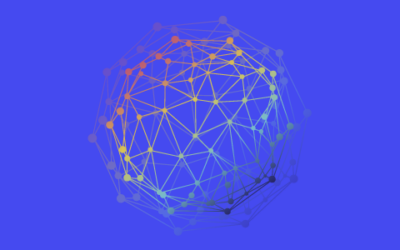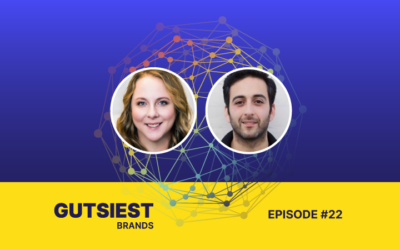How the Internet of Things Is Changing
Most of the initial talk around the Internet of Things (IoT) emerged in the early 2000’s with the adoption of wireless internet. The first signs of the IoT started with RFID or radio frequency identification of packages and transported goods. The ability to communicate the tracking and delivery of such items to a main server made it possible for the transportation industry to conduct more business, more efficiently.
Today, the IoT has grown into its own industry and impacts a variety of others in the forms of artificial intelligence, Bluetooth capabilities, and other technology. But what does the IoT really entail? There are many definitions, but in general, the Internet of Things encompasses the many devices that are able to communicate with one another as a result of the internet.
An Increase in the IoT Is an Increase in Data
What do Amazon Dash Buttons, Google Home, and Fitbit devices all have in common? They’re each a result of the capabilities of the IoT. As devices and platforms communicate with one another, they’re able to identify each other and begin to collect and transfer data. While there have been many estimates of the growth of connected devices, most anticipate them to grow by billions by 2020. Such devices will include more wearable technology, self-driving cars, smarter cities, and more real-time technologies that have yet to show themselves.
More communication and more devices equal more data. More data leads to smarter technology, increased operational speeds, and effortless methods of machine learning and automation. Additionally, with the improved processing power and storage of data, data collection and management are becoming easier.
An Increase in Data Is an Increase in Insights
Besides influencing almost everyone and everything, the IoT and its increasing devices and data collection are already having a profound impact on marketing research. More devices communicating with one another increases our understanding of data and where it comes from. And the speed at which data is transferred is so fast, it’s already beginning to provide real-time insights into consumer behavior.
For example, imagine combining your consumer’s media consumption and habits when it comes to their phone and TV (due to the IoT) with insights into their preferences for your brand, products, and advertising (pulled from marketing research insights). Such a combination results in more actionable insights that lead to more successful strategies and development.
As a result, new methods of market research and data integration are already being driven by the growing Internet of Things through its impact on big data. While concerns about security, privacy, and even net neutrality will likely be the biggest deterrents for the IoT industry, it’s on pace to grow exponentially, regardless of the challenges. To learn more about big data and how to leverage it within marketing research, read this GRIT Commentary, where GutCheck CEO Matt Warta addresses big data and how it’s not at all hype.
Follow us on
Check Out Our Most Recent Blog Posts
When Vocation and Avocation Collide
At GutCheck, we have four brand pillars upon which we build our business. One of those is to 'lead...
Reflections on Season 1 of Gutsiest Brands
Understanding people is at the heart of market research. Sure, companies want to know what ideas...
Permission to Evolve with Miguel Garcia Castillo
(highlights from Episode #22 of the Gutsiest Brands podcast) Check out the latest lessons from our...
1-877-990-8111
[email protected]
© 2023 GutCheck is a registered trademark of Brainyak, Inc. All rights reserved.
© 2020 GutCheck is a registered trademark of Brainyak, Inc. All rights reserved.



